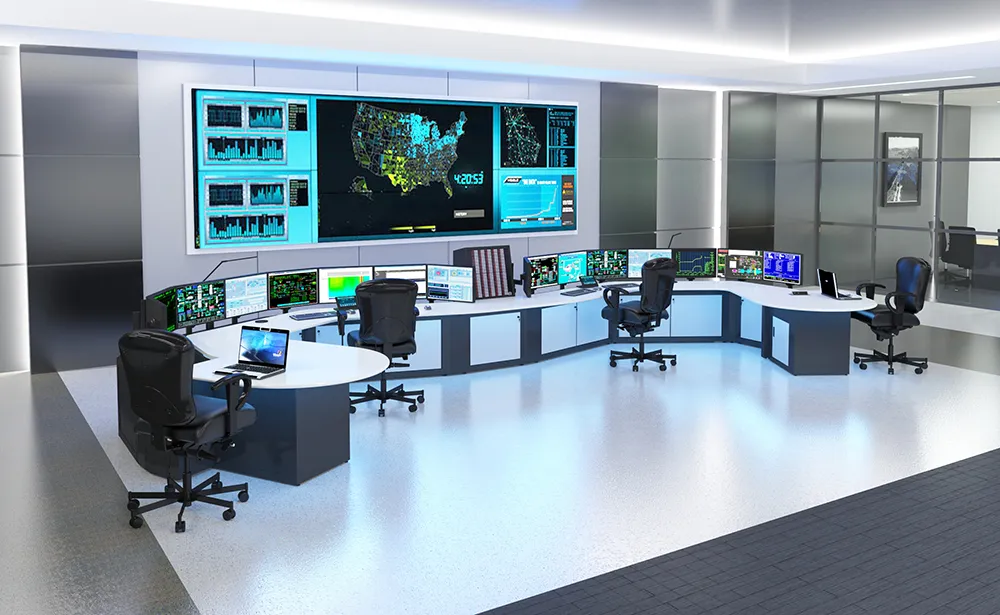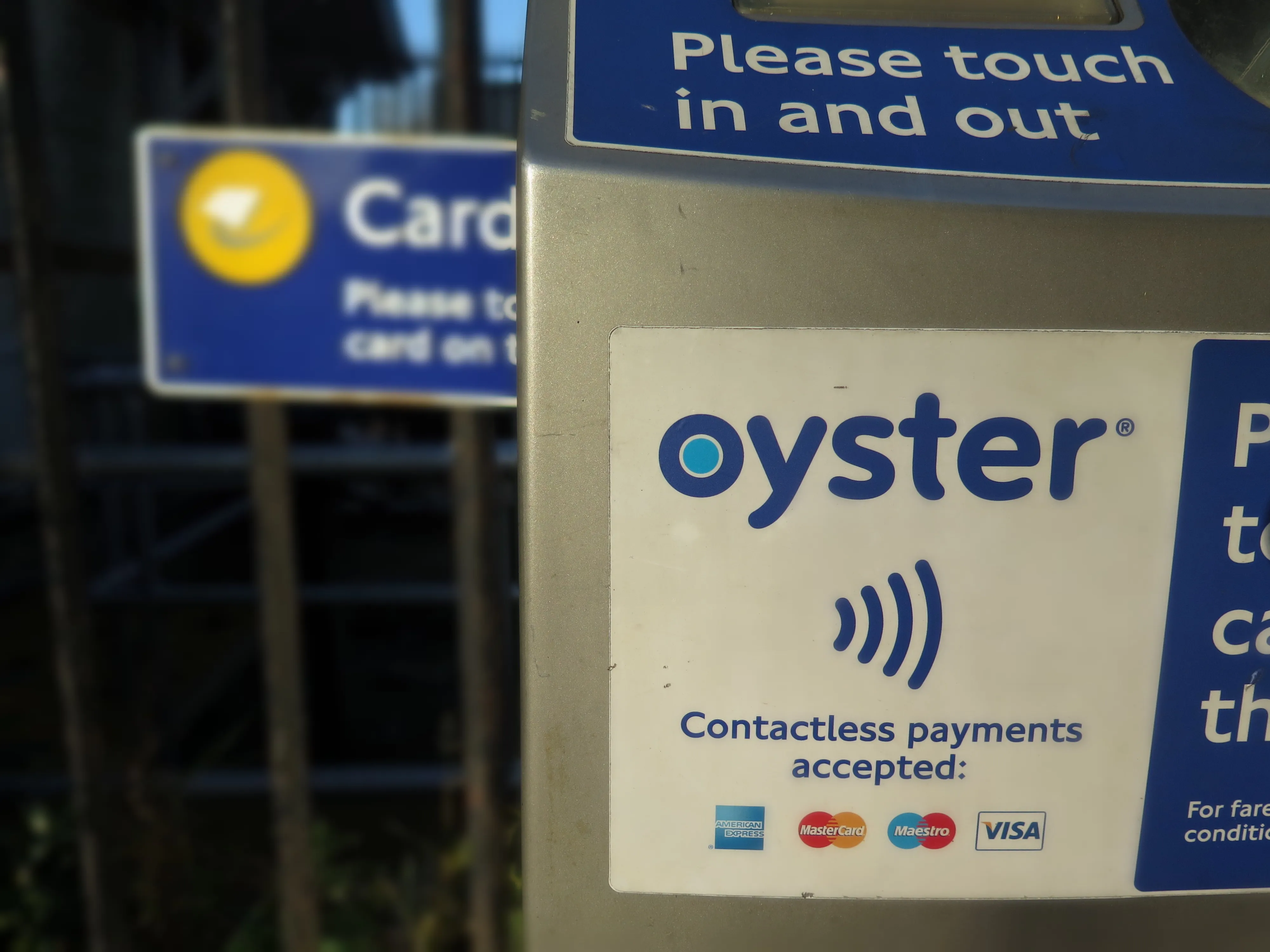
Whether you’re viewing video surveillance from traffic control cameras, monitoring traffic pattern maps or controlling dynamic message signs, a Winsted command console will meet your unique technical and aesthetic requirements. Exceed them, in fact.
More than 55 years of design refinement has resulted in the most ergonomic workstations in our industry. Control rooms play a big role in today’s transportation centers. Complete focus is a necessity. Winsted consoles are more than well suited for traffic management functions and security operations within our transportation infrastructure. Keeping the workspace undistracted and under control keeps operators at their best.
A technical furniture system of intelligent ergonomics becomes an extension of the body and mind. It creates freedom — freedom to be at your productive best.
A well-built control room is an extension of the operator, providing optimal support through purposeful design and advanced technology. Control room furniture plays a significant role in minimizing distractions and maximizing focus.
If you are developing or updating a control room, you must assess room size, the number of operators, and technical needs (e.g., monitors, table space, etc). You can start this assessment and your design process by using tools such as Winsted’s free WELS 3D design software.
WELS is the most advanced user-friendly program that lets control room managers quickly design a solution that meets their needs. WELS is easy to use – and requires no additional design/CAD software to operate.
Learn more about WELS and download here: https://www.winsted.com/wels-software/
Content produced in association with Winsted









